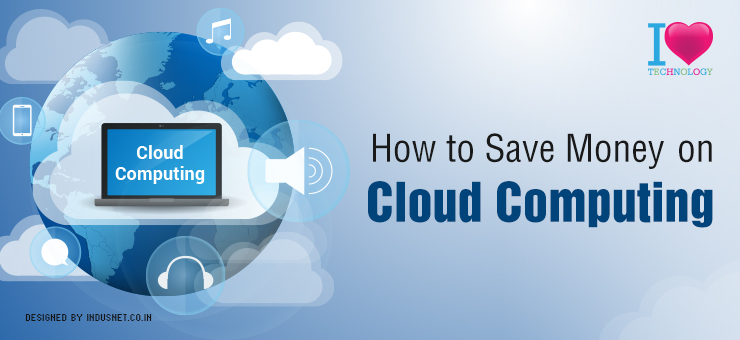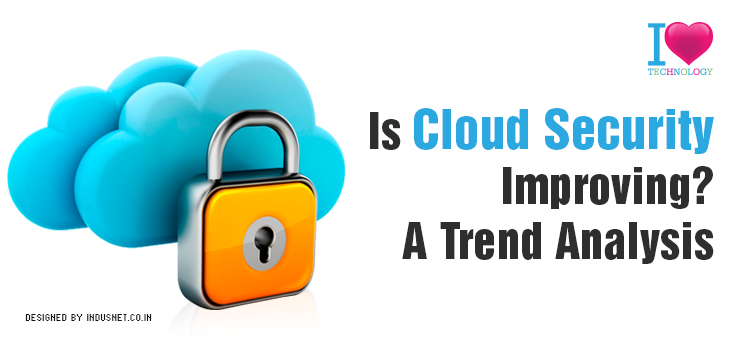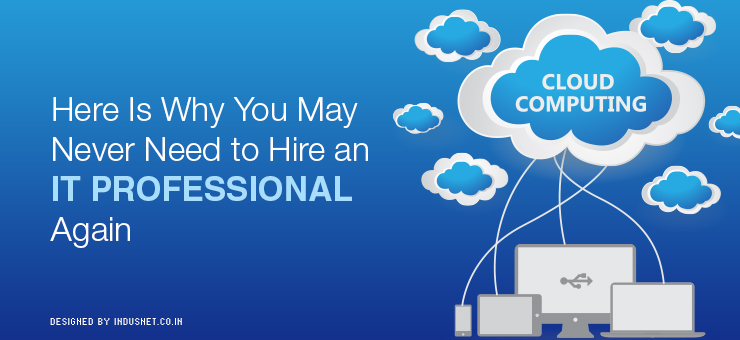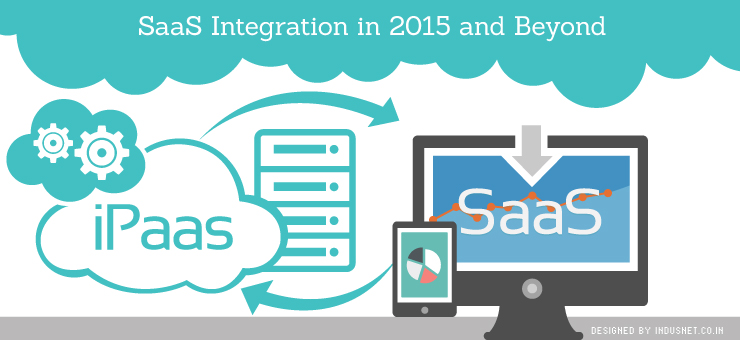
Latest Technologies and Future Trends by Top Key Players Forecast to 2030
Several emerging technologies are poised to bring about a massive industry transformation as per reports. What is the forecast for future trends and the top key players till 2030? Here’s finding out. Major Findings Here are some interesting findings related to technological advancements and technological disruptions throughout industries. It also offers insights into the future trends regarding emerging technologies. Some Other Crucial Insights Here are a few other innovation forecast moot points for the period till 2030: As can be seen, widespread transformation is at the core of business operations and efficiencies in the period till 2030. What the world is currently witnessing is a transitional phase with several emerging technologies being adopted by leading players in the Asia-Pacific and even worldwide. What is evident is that 2030 will push the bar well higher in terms of disruptions and eventual progress. FAQs Some of the technologies that are already shaping the business landscape include automation and artificial intelligence, along with machine learning and IoT (Internet of Things). Other examples include data analytics and cloud computing along with blockchain technology. Organizations are steadily embracing these technologies to boost efficiency and offer more personalization to customers while also streamlining their internal operations or business processes. By 2030, the physical and digital worlds will also merge with technologies like AR, VR and 3D being used for creating digital twins in sectors like healthcare, manufacturing, real estate and more. There will also be a shift towards data native from cloud-native along with generative AI usage for closing up gaps between insights and data. 2. Who are the key players in these emerging technologies, and what are their roles in driving innovation? There are several key players for these emerging technologies from multiple standpoints. Countries like Japan, India, South Korea, and China are at the cusp of greater breakthroughs in terms of technological integration into the public and corporate spheres for greater efficiency, mitigation of risks, and many other purposes. At the same time, leading tech giants have a big role to play in terms of innovation and experimentation in order to drive future progress. The biggest players in these segments are chief technology officers or CTOs of companies. They have a vital role in terms of encouraging more innovation and building future technology blueprints for organizations. There are a few challenges linked to the adoption of new technologies. These include legacy systems and perspectives, lack of training or skill sets, costs of new technologies and tools, and the speed of technological advancements, along with privacy concerns. The latter can be addressed through encryption measures, audits, and compliance with better regulations. Steady investments in up-skilling, training, and future-ready digital infrastructure are also the way forward with regard to tackling these challenges. Several emerging technologies are poised to have a disruptive effect on various global sectors. Retail will witness a complete revamping of business strategies and models, becoming more personalized and data-driven with technological disruption. Industries like healthcare, manufacturing, insurance and finance should also witness major disruptions in the near future.




